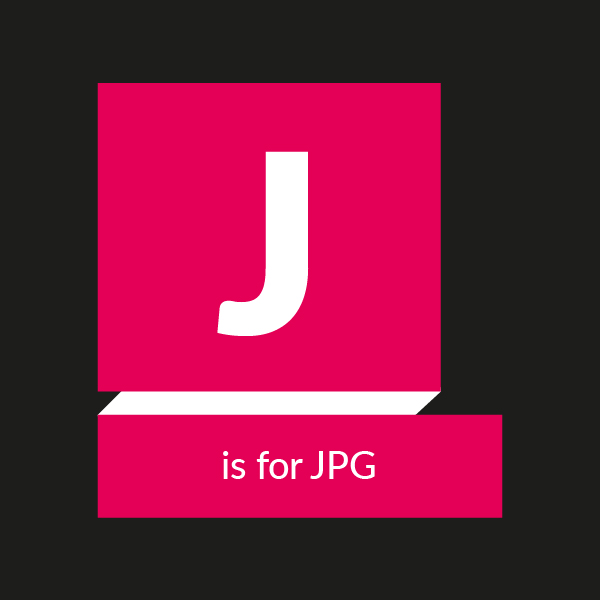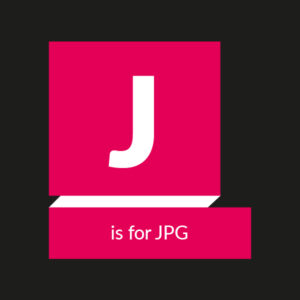Our A to Z of Wide Format – J is for JPEG

Applications, Bleed, RIP Software…. We get asked lots of questions about the world of Wide Format on a daily basis. At Signmaster we are here to help and our lovely team of experts have pulled together a handy A to Z guide answering the most frequently asked questions.
Introducing the Signmaster A to Z of Wide Format
This is a series of helpful blogs, guides and articles that we hope you will find useful. We will post a new blog every fortnight and we’d love to know what you think so please comment or drop us an email. We’d love to hear from you!
This week it’s all about JPEG’s

JPEG is one of the most recognisable and popular raster image formats.
The History
This format appeared as a result of the “Joint Photographic Experts” work. The main objective of the development team was to develop the optimal algorithm for image compression and this problem was solved successfully.
When to use
Jpegs are most suited for photo use and web graphics given their smaller file sizes and rich colours but not so much for larger print work. However as large format printers we would always recommend using vector files over raster files.
Vector Images – the benefits
A key difference between raster and vector images is the ability to edit individual elements. Individual elements within a vector image can be edited and transformed separately. This makes it easy to move, enlarge, and rotate each element—and much more.
Another advantage of vector graphics is their scalability. You can zoom into or enlarge a vector image without losing any quality.
Sometimes it is not always possible to use vectors as some artwork files may contain photos. If this is the case try to use raster images with a high pixel count or a high DDI/PPI (dots/pixels per inch) as this will help with pixilation when enlarging.
Remember…
When setting up artwork for printing try to ask yourself these questions:
Does the image need to be resized?
Does the image need to look photo-realistic?
Do you have any restrictions on file size?
What are you using the image for?
Realistically most design projects will involve a combination of vector and raster images. For example, using a vector based logo whilst using raster images to store photos and other graphics.
Our experts are here to discuss all your wide format print needs so feel free to give us a call to discuss 01948 662669!





